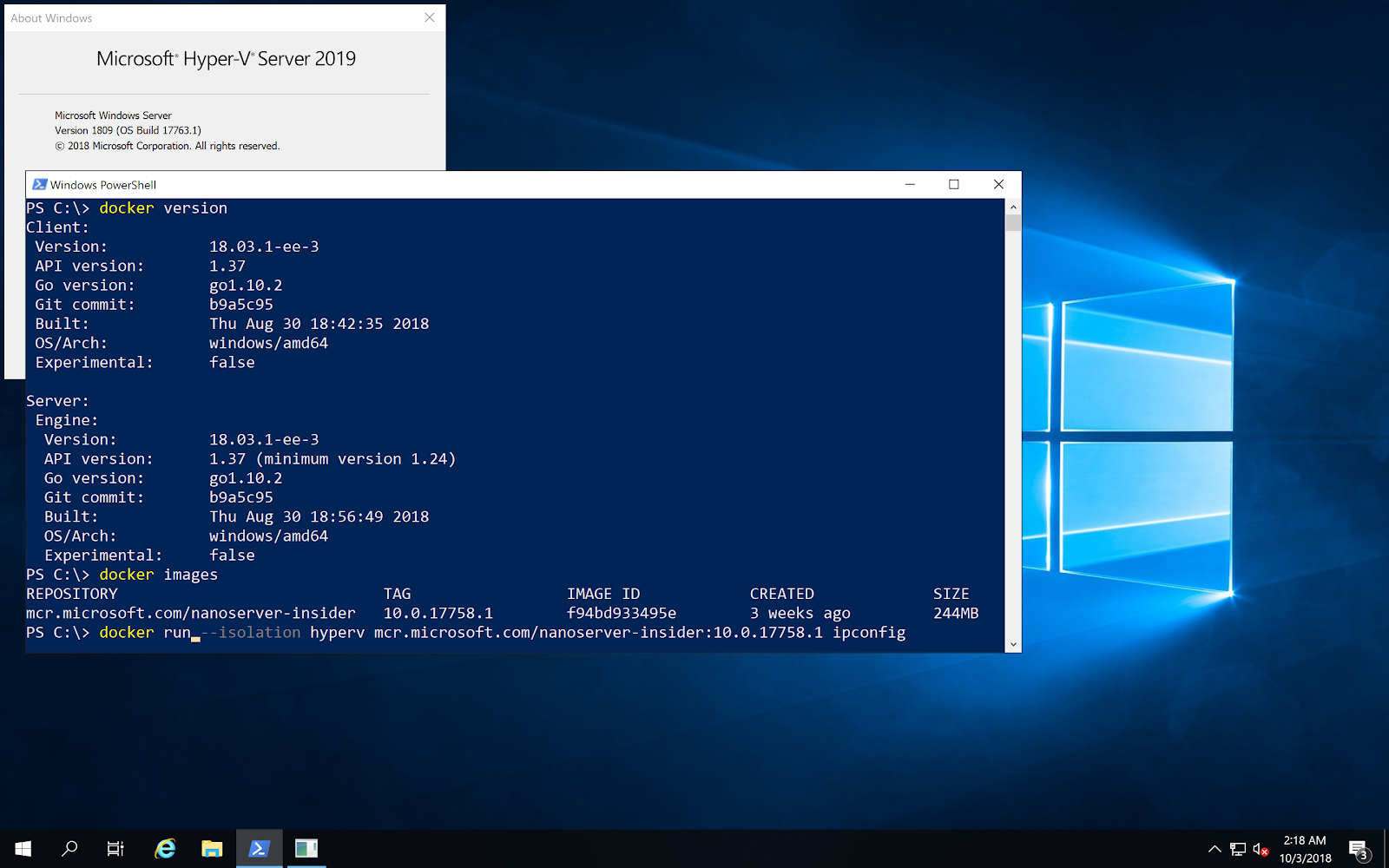
A basic domain controller setup will include the following: (Cancel before any changes are made.)ĭetermine if any additional server roles are installed.

Select "Add (or Remove) Roles and Features" from "Tasks" in the "Roles and Features" section. Select "AD DS" in the left pane and the server name under "Servers" to the right. Review the installed roles the domain controller is supporting. This applies to domain controllers, it is NA for other systems. Microsoft Windows Server 2019 Security Technical Implementation Guide In this case, non-standard ports might be selected, and this could interfere with intrusion detection or prevention services. Some applications (such as Microsoft Exchange) may require the use of network ports or services conflicting with the directory server. Some applications require the addition of privileged accounts, providing potential sources of compromise. Web or database server applications usually require the addition of many programs and accounts, increasing the attack surface of the computer. Pre-requisites will be checked.Executing application servers on the same host machine with a directory server may substantially weaken the security of the directory server. NetBios name populates automatically and click next Select the forest functional level, DNS if its not installed before and the DSRM password and click nextĬlick OK for the DNS option and click next Provide the root domain name in the new forest and click next Review the results and click the link to promote it as a domain controller Review Confirmation and Click yes to automatically restart and click Install Review the AD DS page, if you have to synch with Azure AD, you can configure here. On the server roles window, select the Active Directory Domain Services Role and you will be prompted to ad the relevant supporting features On the server selection window, select the local server and click next On the select installation type window, select Role-based or feature based installation and click next Lets see how to install AD DS on Windows Server 2019 which is the latest Microsoft Windows Server Operating SystemĬlick on the Windows Server 2019 Server Manager and click Add roles and features

the AD DS schema is extended to accompany server objects. As and when a new server application is deployed within a Microsoft network such as Exchange, SharePoint, SQL Server, System Center, Microsoft Deployment Toolkit, etc.

It’s a central repository of Objects as such as identity and other objects within a network. It is responsible for authentication, authorization, auditing, policies, security etc.

This article is the first part of a series of articles on “How to deploy Windows 10 Using Microsoft Deployment Toolkit”.Īctive Directory is considered as one of the most critical workload in a network.


 0 kommentar(er)
0 kommentar(er)
